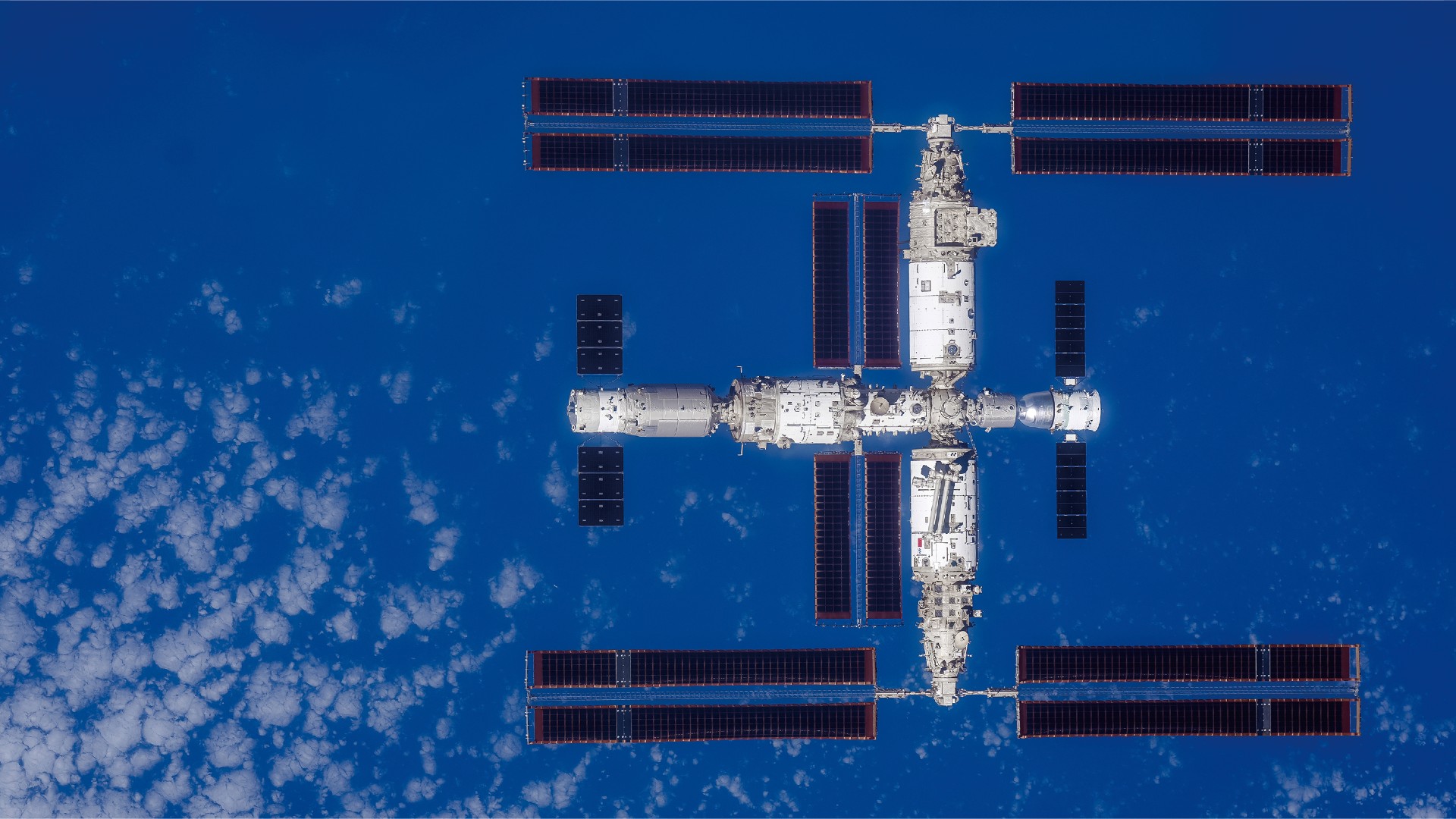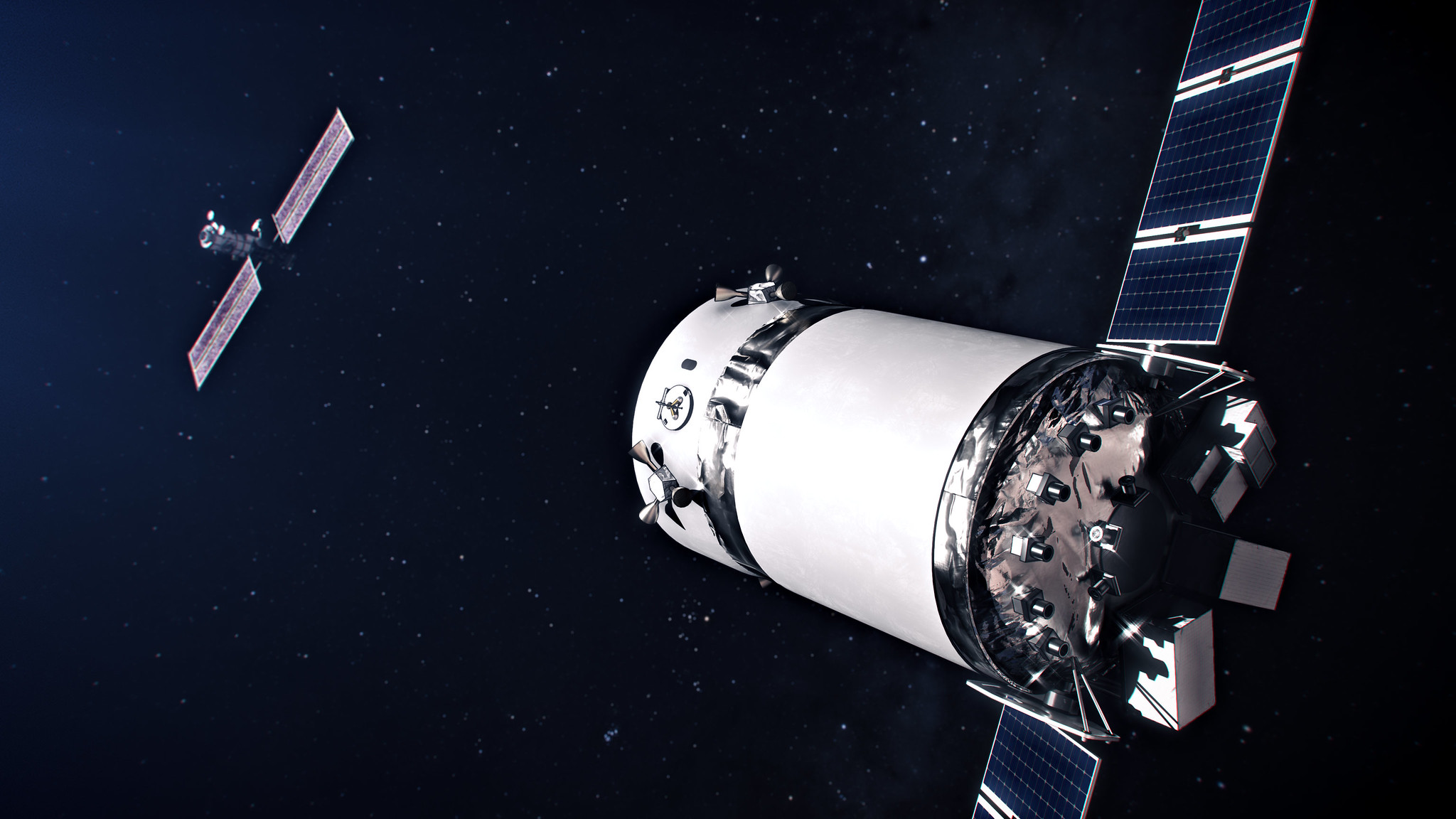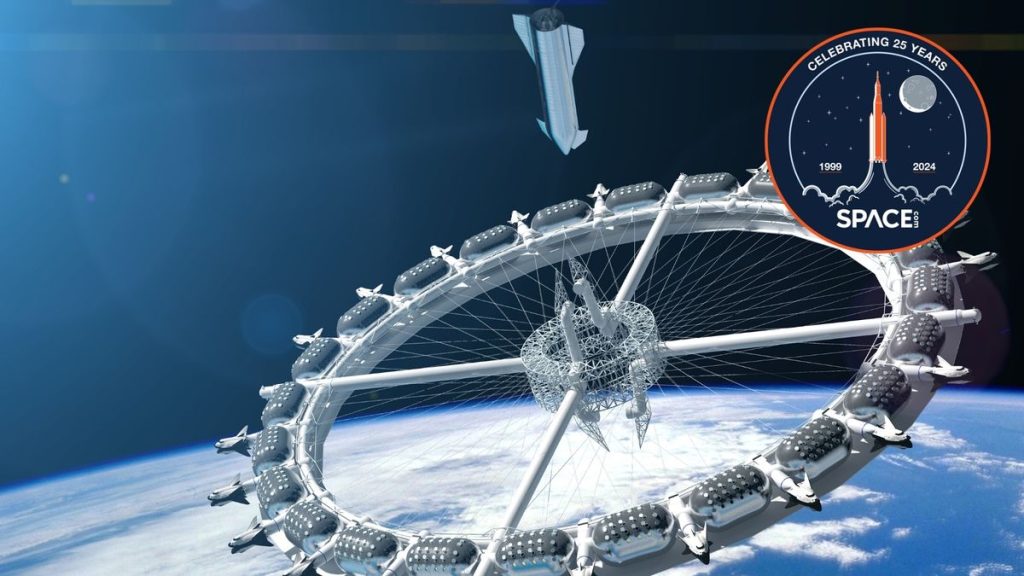Over the past half century, humanity has produced Salyut, Skylab, Mir, the Tiangong program, and of course International Space Station (ISS). Amazing view of the earthAs well as proving that humans can live and work in space, these space stations have also brought unique lessons about microgravity and space, teaching us about the challenges of living in microgravity and the fragility of life outside the cradle of Earth.
But changing dynamics in the space industry are ushering in a new era of private space stations tasked with continuing this tradition. The ISS, a massive undertaking of multinational cooperation and technological feat spanning decades, is coming to an end, likely to be decommissioned around 2030.
Meanwhile, private companies such as SpaceX, Blue Origin, Planet, Rocket Lab, Virgin Galactic, Axiom Space, and Sierra Space are Ushering in a new era of commercial space stations.
Related: NASA looks to private base to continue International Space Station legacy
“In the near term, a commercial space station is an important next step to fill the void left by the impending retirement of the International Space Station,” said Lauren Andrade, a spokesperson for the Beyond Earth Institute. “Additionally, a commercial space station offers flexibility and capital that a government-run project simply cannot have.”
Blue Origin — Working with companies like Redwire, Sierra Space, and Boeing, Orbital Reefis a multi-use business and science park in LEO. The space station will be a scalable, modular hub for research, manufacturing, tourism and more. The main habitat will include 10 cabins for the crew.
“A commercial space station opens up more avenues for both government and private entities to engage in space activities,” Andrade told Space.com.
Both the range of operations and the module itself will be expanded. At Orbital Reef, Sierra Space Inflatable Large-Scale Integrated Flexible Environment (LIFE) HabitatIt would be housed in the New Glenn rocket’s payload fairing and deployed in orbit, a design that allows for a much larger volume than the separate, rigid ISS modules launched by NASA’s now-retired space shuttles and Russian launch vehicles.
Sierra Space announced in 2023 that it aims to launch the LIFE Pathfinder module around the end of 2026. The module will have a volume of 10,600 cubic feet (300 cubic meters). The company has also proposed a larger module of 49,440 cubic feet (1,400 cubic meters). By comparison, the Kibo module, the largest single module on the ISS, has a volume of 5,474 cubic feet (155 cubic meters).
As part of the transition to a new generation of space stations, Axiom Space hopes to send the first commercial module to the ISS. By 2026.
Axiom Space and Blue Origin are receiving support for these efforts from NASA’s Commercial Low Earth Orbit program. Star Lab The space station, a project involving Nanoracks, Voyager Space and Lockheed Martin, has also been awarded a NASA prize and could be completed as early as 2028.
NASA is not the only backer of this plan, just one of many customers. In fact, another company interested in building STAR Labs is the European Space Agency, which has signed memorandums of understanding with Voyager Space and Airbus. This shows early interest, but more diverse commercial partners will be needed. Other players include Vast, a Californian startup that plans to launch the first private space station. Haven-1Around mid-2025, by SpaceX Falcon 9 rocket.
Even though there will be a time lag between the decommissioning of the International Space Station and the launch of a commercial space station into orbit, Tiangong Space Station Ensuring a continued presence in space. China’s three-module orbital base is due for completion in 2022 and will currently host a crew of three astronauts for six months at a time. Moreover, China is already exploring commercial opportunities for Tiangong, for example by expanding the base with new modules, Commercial and Tourism Missions.

Expanding beyond LEO
International projects extend beyond LEO: NASA’s construction of lunar orbit Gateway Space Station Lunar orbit launches scheduled to begin soon Future lunar explorationThe space station will provide the first human habitation beyond LEO and will also involve commercial partners.
Gateway Beyond Orbit The magnetic field that protects the EarthSpacecraft will face a variety of additional challenges, including higher levels of radiation that threaten both electronics and astronauts, longer travel times, increased demands on launch vehicles, and increased communications and power requirements.
Artemis 4The mission, scheduled for 2028, will be the first to send astronauts to the Gateway. The astronauts will live and work in the habitation and resupply outpost, currently scheduled for launch in 2025. NASA aims to add a second habitation module before the first crewed mission arrives.

With the emergence of commercial space companies and the expansion of our horizons to the Moon, we can expect these companies to contribute to lunar exploration: lunar orbit and lunar habitats, LEO technologies, and lunar exploration.
“As we’re already seeing with the expansion of the commercial space sector, I believe the future of the commercial space station is one of greater flexibility and more rapid progress,” Andrade said, “and essentially a step towards breaking down the barriers that limit human activity in space.”
The next 25 years are expected to see great advances in space exploration, driven by the ingenuity and ambition of private enterprise. With the right support and levels of engagement and interest, these will become new orbital hubs for research, innovation, business and international collaboration.


